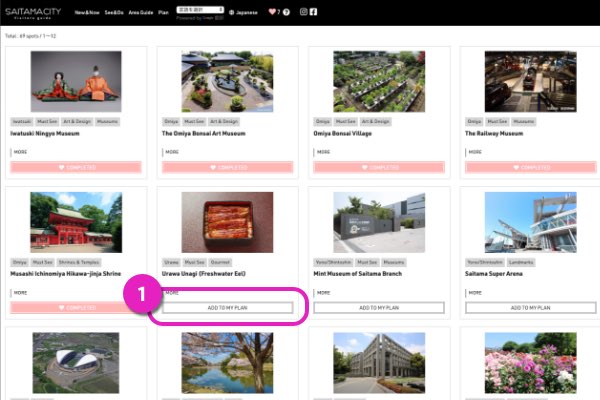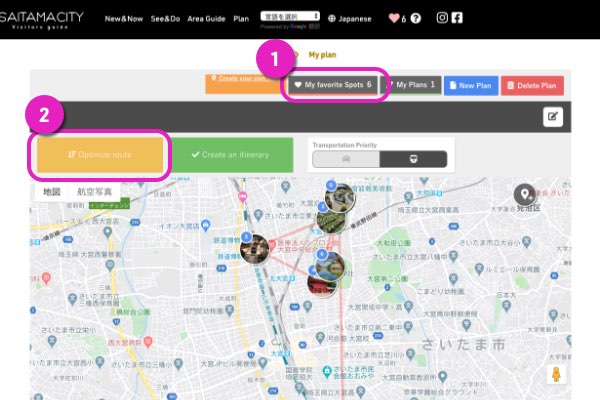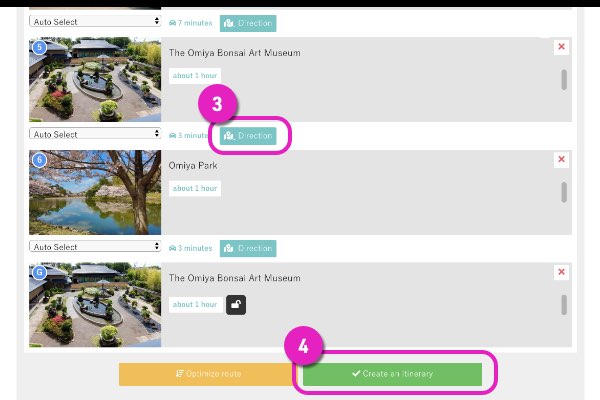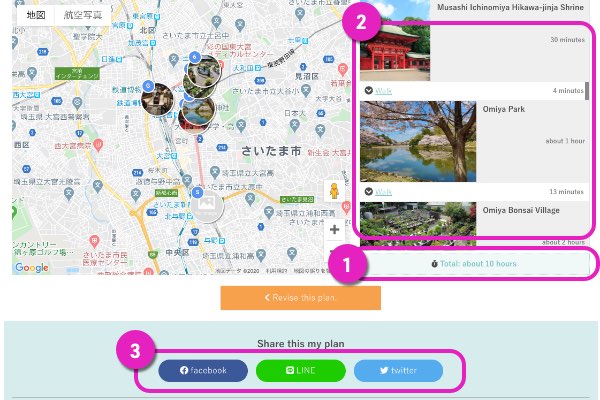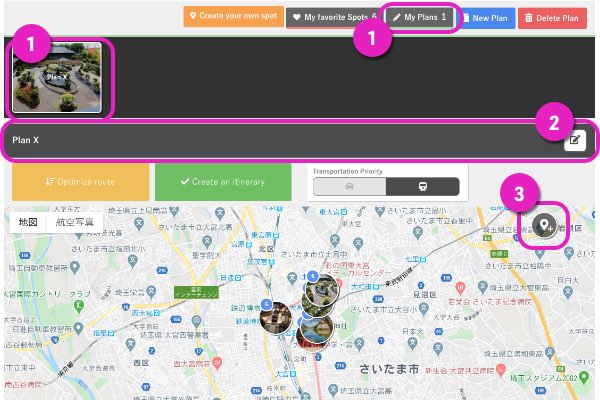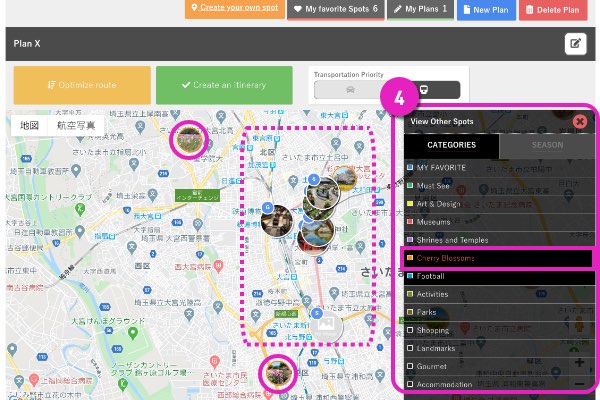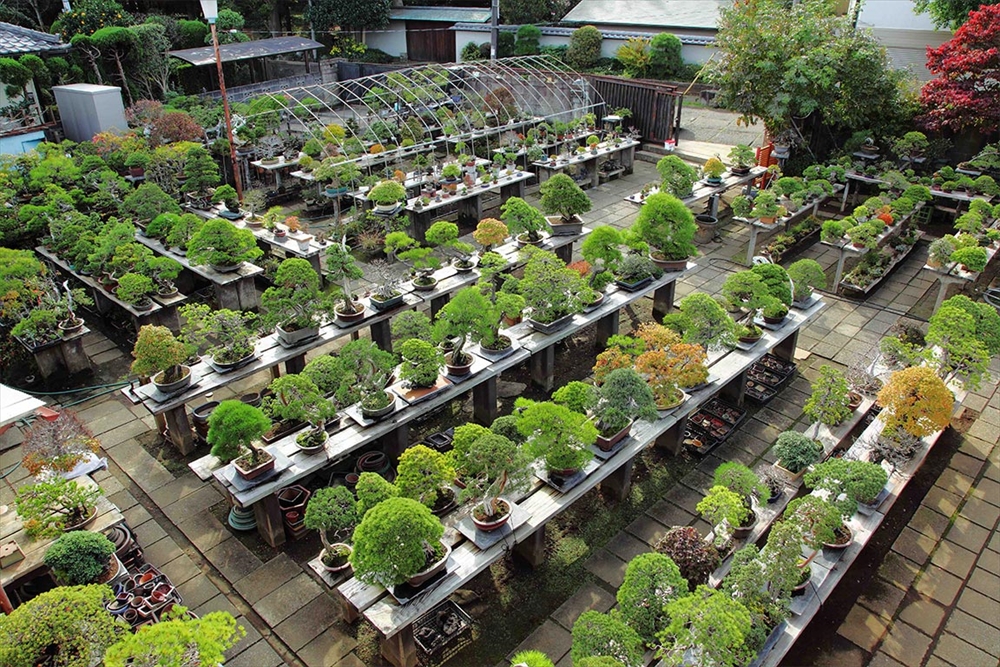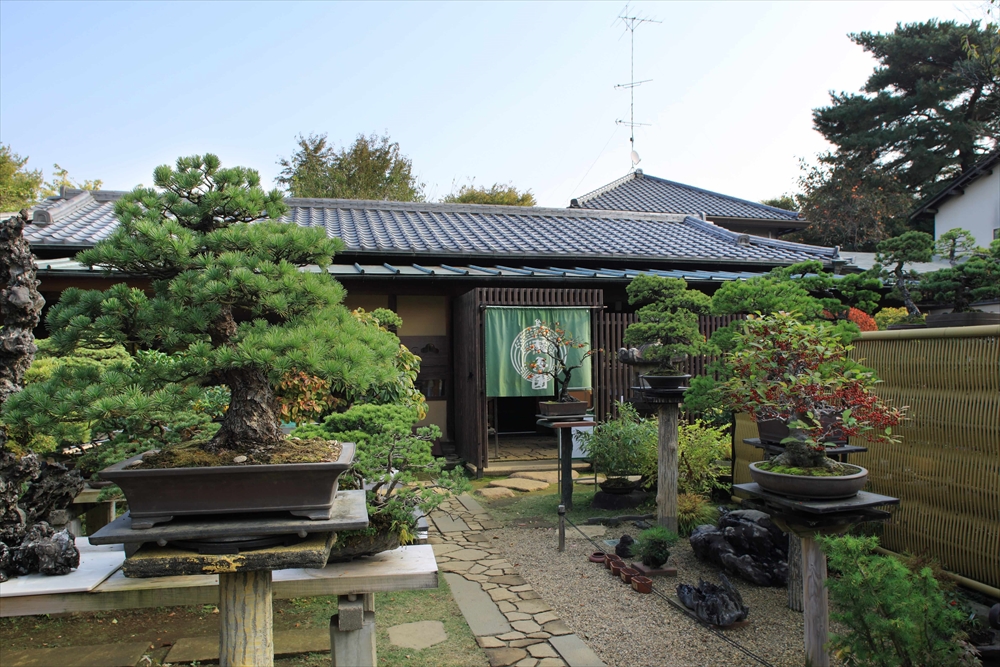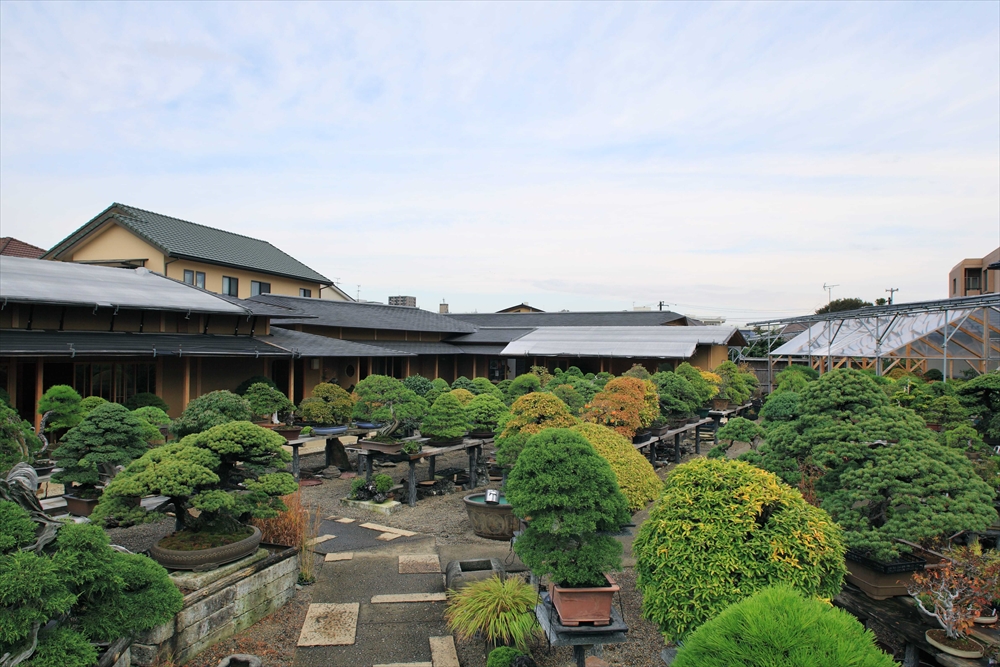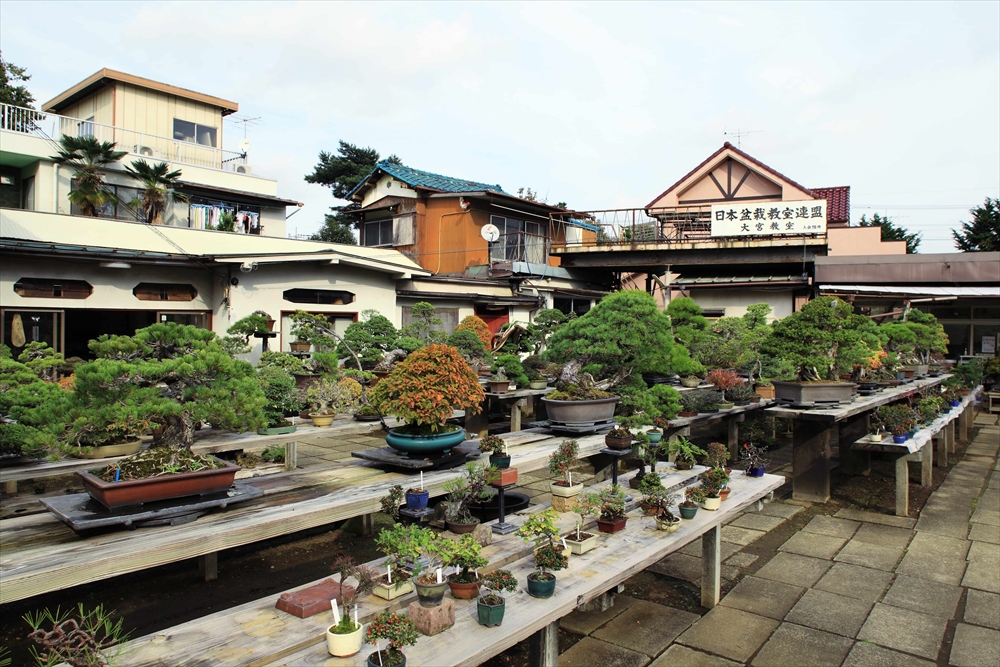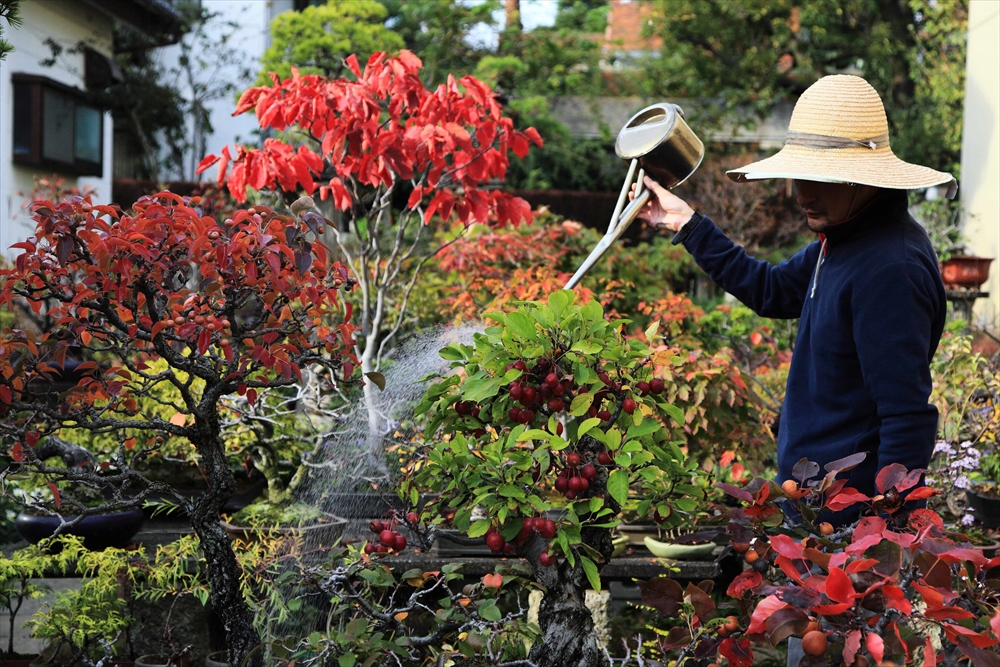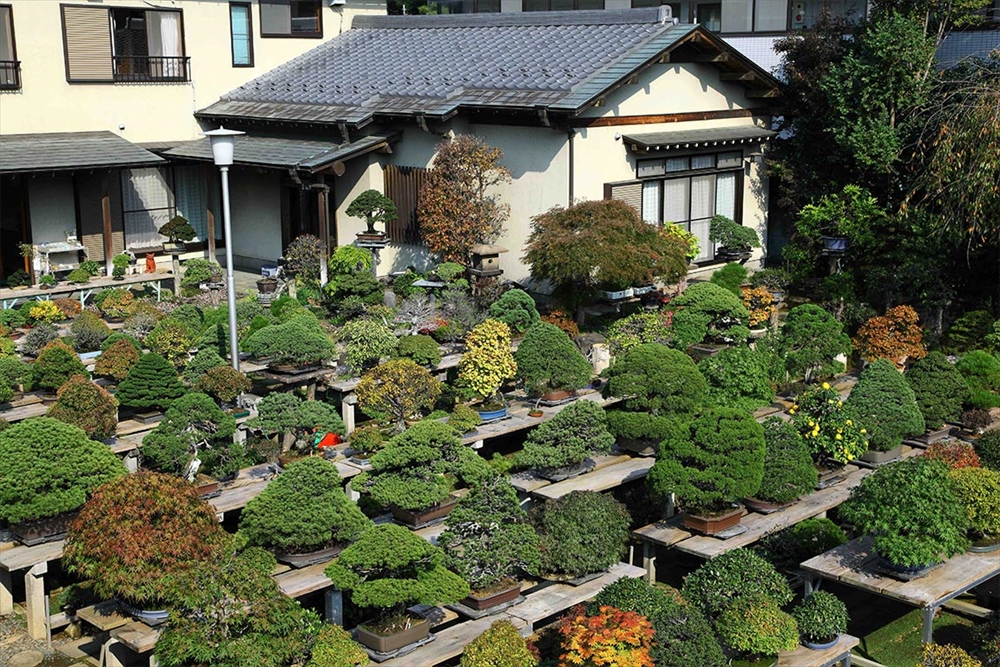-
Omiya
-
Must See
-
Art & Design
Omiya Bonsai Village
The Bonsai-mura or bonsai village is a section of Saitama city, where many of the pioneers in the world of bonsai relocated about 100 years ago. Prompted by the Great Kanto Earthquake of 1923 it was time to seek a new and hopefully permanent home for the premier bonsai artists in Tokyo. They settled on this area in Omiya for its more sparse population, mild climate, and lower chance of natural disasters than the coastal region of Tokyo.
Bonsai-mura quickly attracted more and more bonsai artists seeking a place for their craft to flourish. The area is now officially called “Bonsai-cho” on the map, cho being a common suffix for neighborhood and district names in Japan. These days, there are six distinguished gardens in the area displaying rows upon rows of potted bonsai trees, some for sale, and others as works of art to be admired.
The art of bonsai is commonly thought to be for a specific type of tree, but it refers to a way of customizing a tree’s shape and limiting its size for decorative purposes within smaller rooms or smaller gardens. It can be done with any number of trees, but the single necessary element to a “bonsai tree” is keeping it in a pot or receptacle at all times, rather than in the ground. The maintenance required to do this and prevent it from growing too large is an extensive, full-time craft. Controlled trimming, watering, and feeding are the fundamental ways to do this, and some of the gardens in Bonsai-mura offer workshops for tourists to experience this delicate art for themselves.
The gardens are open for viewing, and this is a great district to stroll around to see the diversity of approaches to the art of bonsai. An adventure through the area can be made even more rewarding by first visiting the Omiya Bonsai Art Museum for a base of knowledge.
| Gardens | Address |
| Kyuka-en | さいたま市北区盆栽町131 |
| Seikou-en | さいたま市北区盆栽町268 |
| Toju-en | さいたま市北区盆栽町247 |
| Fuyo-en | さいたま市北区盆栽町96 |
| Mansei-en | さいたま市北区盆栽町285 |
| Shosetsu-en | さいたま市北区東大成町2-640 |
What Is a Bonsai Garden or Nursery?
The bonsai gardens or nurseries (bonsai-en) of Omiya Bonsai Village are at the heart of Japan’s bonsai culture, keeping alive cultivation techniques handed down through generations while supporting subtle innovations. Besides offering trees for sale, a large part of the work of bonsai nurseries has historically been the cultivation and care of bonsai owned by wealthy individuals, including politicians, doctors, and captains of industry.
This tradition continues into the present day, with the gardens looking after bonsai in return for a monthly retainer. Japan’s fluctuating economic fortunes, however, have led to a greater proportion of business being the cultivation and sale of trees to new owners. The bonsai gardens also purchase trees from private individuals; this is an important function, given that many bonsai will long outlive their owners.
Omiya’s bonsai nurseries are also distinct in that they specialize in cultivation rather than growing the trees. Trees are grown elsewhere, and once mature are acquired by the gardens to be painstakingly sculpted into living artworks over timespans that can stretch into decades. To bonsai aficionados, each of Omiya’s seven gardens is known for a certain approach to cultivation, and this specialization has given rise to healthy competition. Tuition for lessons in bonsai has also become part of the business for some nurseries.
This English-language text was created by Japan Tourism Agency.
Download Omiya Bonsai Village map
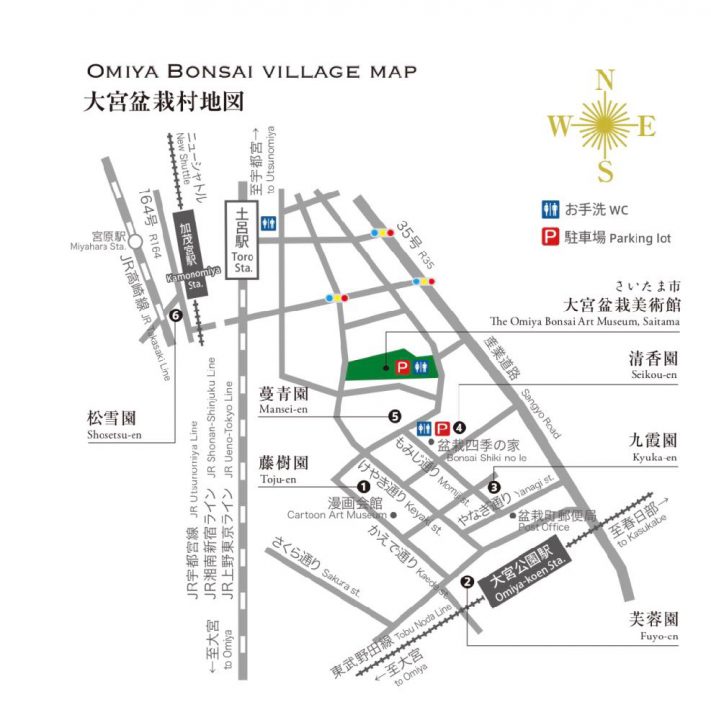
Detail
Address
Bonsai-cho, Kita Ward, Saitama
さいたま市北区盆栽町周辺
Opening Hours
Varies with location (usually open during daytime hours)
Holidays
Thursdays
New Year holidays
*Each garden also has irregular holidays
Fee
-Bonsai gardens: free to enter
-Omiya Bonsai Art Museum: ticket purchase required
